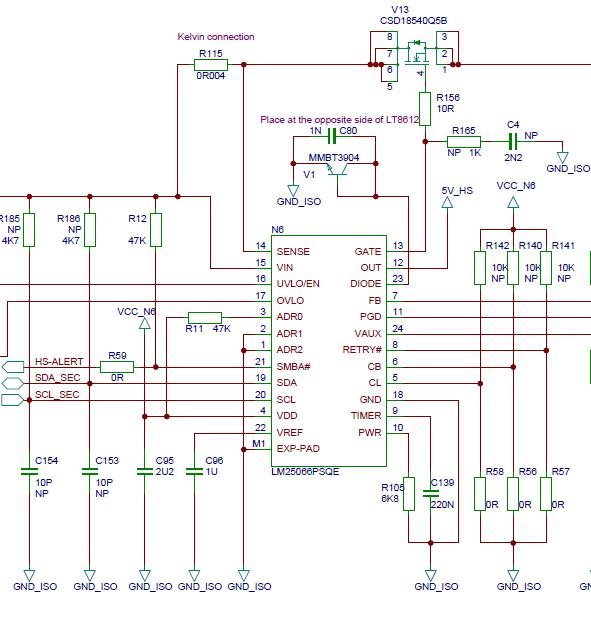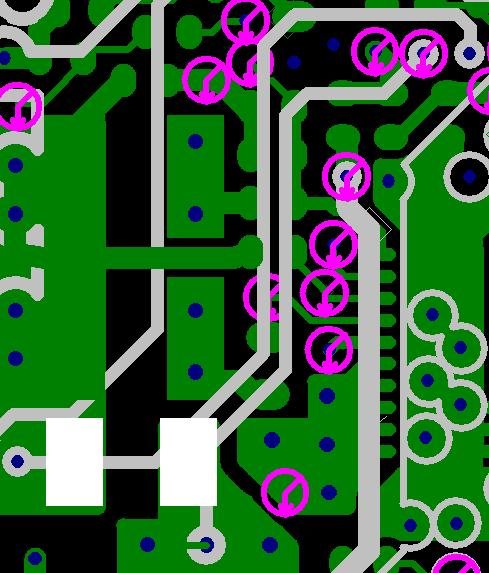I have a LM25066 on the board, using a 4mOhm shunt for current limiting (typ. 6,25A). What I measure, is a much lower current 5,4A. In the figure below, you can see the layout. The “white” part is the shunt connected over the gray lines (inner layer) to the LM25066. We use a 1% shunt. Do you have an explanation for the mush lower current limit? Thank you for your answer in advance.
-
Ask a related question
What is a related question?A related question is a question created from another question. When the related question is created, it will be automatically linked to the original question.




